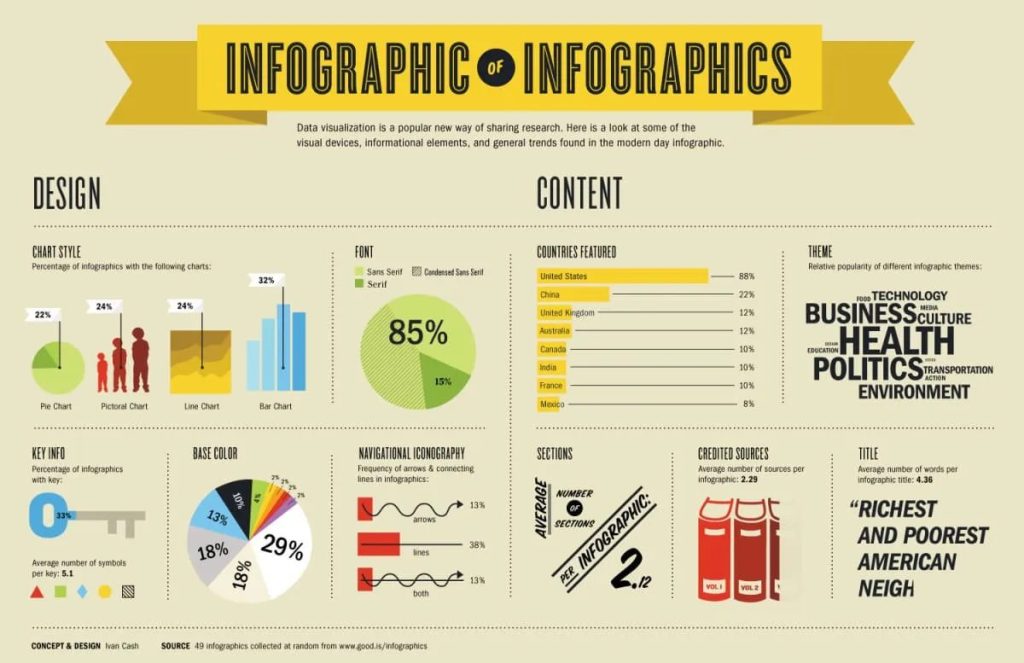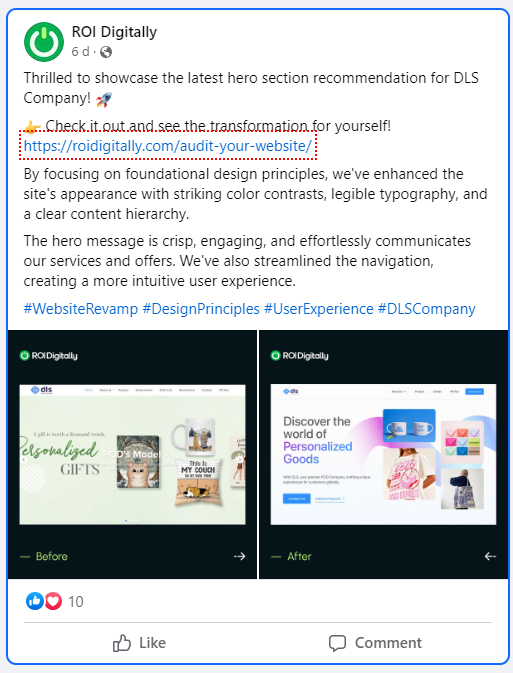Developing an effective content marketing strategy entails leveraging various content types that connect with your audience at crucial stages of their customer journey. By incorporating a diverse range of content formats, such as social media posts, videos, long-form articles, short-form snippets, and advertising copy, you can tailor your approach to align with your objectives. One often overlooked form of content is micro-content.
What is Micro-content?
As its name suggests, “micro” content is concise and contains little information that allows readers to understand it within seconds. In other words, it provides direct, clear, specific, and easily understandable information.
There are many ways to create micro-content, such as memes, short videos, headlines, summaries, illustrations, etc. This will undoubtedly be an incredibly effective advertising tool if used appropriately and tailored to meet the audience’s preferences for creative media products.

Types of Micro-content
Micro-content encompasses various short-form content designed for quick consumption by audiences. You likely encounter it daily, often without realizing it. Here are some common examples that can enhance your brand’s content strategy:
Videos

Platforms like Instagram Stories and TikTok excel at conveying complex messages in minimal time, making video a prime example of this type of content. Videos are inherently more engaging and captivating to audiences than longer formats like blogs or ebooks.
Social Media Updates
Platforms with character limits, such as Twitter, encourage concise messaging. Even on platforms without built-in caps, condensing content into bite-sized updates can increase engagement.
Google Snippets
Optimizing content for Google SEO and snippets can land your brand at the top of search engine results pages (SERPs), offering valuable visibility to a wider audience.
Lists
Lists present information in an easily digestible format, facilitating quick comprehension compared to dense paragraphs.
Headers
Like lists, headers divide content into digestible sections, allowing readers to grasp the main points at a glance.
Infographics
Visual representations of data, such as infographics, convey statistics and facts in visually appealing and accessible formats, making complex information easier to understand.

Images
Images convey information efficiently, offering a quick understanding of products or concepts, which is particularly useful in online browsing.
GIFs and Memes

These popular formats quickly communicate messages while tapping into pop culture and current events, ideal for engaging audiences and promoting brand interest.
Short Paragraphs
Brief blurbs, descriptions, and abstracts provide information succinctly, maintaining audience interest without overwhelming them with lengthy content.
Email Subject and Preview Lines
Given the character limits on computers and mobile devices, concise yet informative email subjects and preview lines are crucial for drawing in audiences and encouraging action.
Webpage Titles
Web page titles serve as micro-content, offering insights into the content available on a particular page, including those listed in website dropdown menus.
In summary, incorporating diverse forms of micro-content into your strategy can enhance audience engagement, increase brand visibility, and drive conversions effectively.
How to Craft Compelling Micro-content
Understanding the significance of micro-content, let’s explore some effective tactics to create engaging it:
1. Harness the Power of Visuals
Images and graphics play a pivotal role in micro-content marketing. To truly connect with your audience and elicit the desired responses, ensure your visuals are captivating and aligned with your messaging. Collaborate closely with your design team to select imagery that complements your content.
2. Keep it Concise
Micro-content thrives on brevity, making it ideal for social media platforms where users crave quick, easily digestible posts. Even on platforms with no strict character limits, such as LinkedIn, aim to keep your posts succinct. This approach can help capture more attention from your followers.
3. Choose Your Words Wisely
In micro-content, every word matters. Avoid unnecessary fluff and convoluted language that can obscure your message. Working with writers skilled in short-form content ensures you convey your message effectively without wasting valuable words or characters.
4. Understand Your Audience
Tailor the tone of your micro-content to resonate with your audience’s preferences. For instance, integrating GIFs and memes can foster a stronger connection if your target demographic comprises Gen Z or Millennials. However, maintaining a more professional tone may be more effective if your audience consists of Gen X.
5. Prioritize Evergreen Content
Ensure that your micro-content remains relevant over time by creating evergreen content. This type of content retains its value and applicability long after its creation, minimizing the need for constant rephrasing or updates. By focusing on evergreen topics, you can maximize the longevity and impact of your micro-content efforts.
How to Effectively Use Micro-content on Social Media
1. Maintain Long-lasting Micro-content
Keep a consistent theme for your social media posts.
For example, on the ROI Digitally page is a dedicated folder called “UserExperience,” which informs users that they will consistently provide marketing tips with clear and visually appealing layouts every week.

2. Create Memes
Memes refer to humorous or interesting images derived from a story or an inspiring character, recognized by many and widely circulated across various social media platforms.
Creating memes can help you attract the attention of numerous potential customers.
3. Share Short Videos
Posting short videos on social media to share knowledge, daily activities, achievements, etc., can significantly increase your page’s visibility on those platforms! Classic examples include TikTok or Instagram Reels.

Related posts: